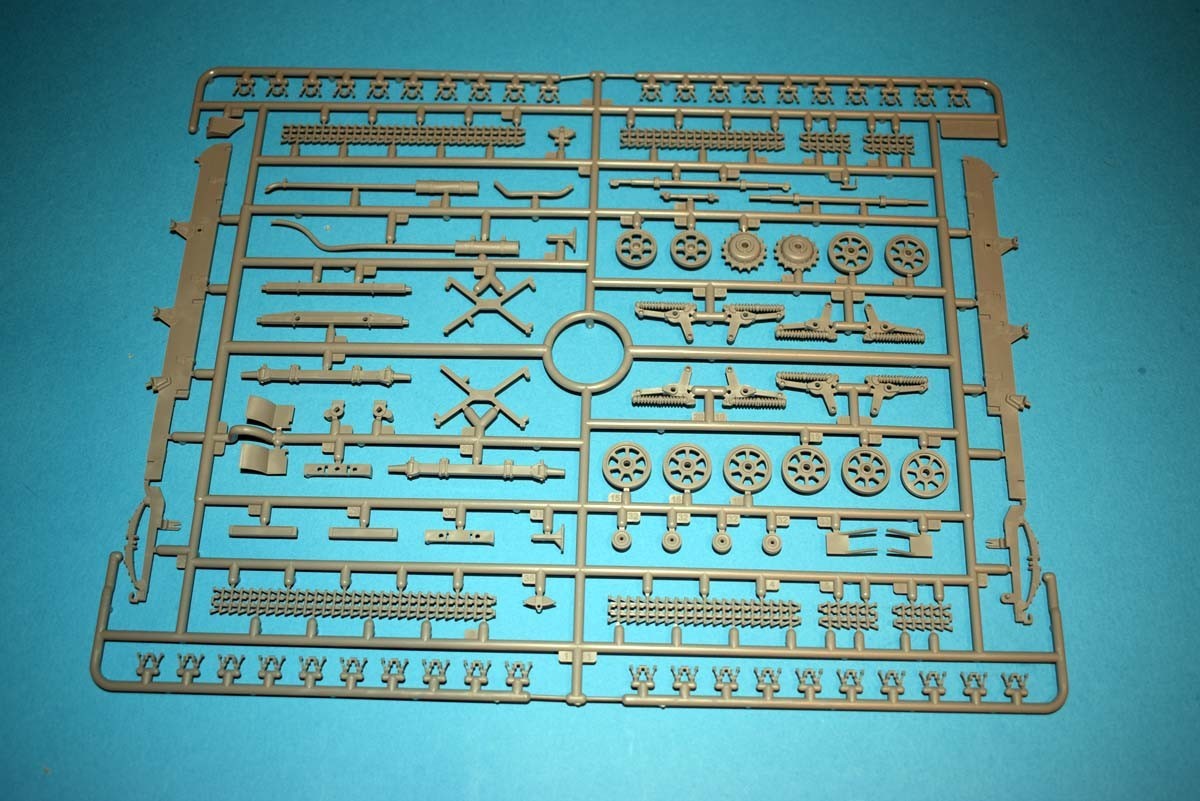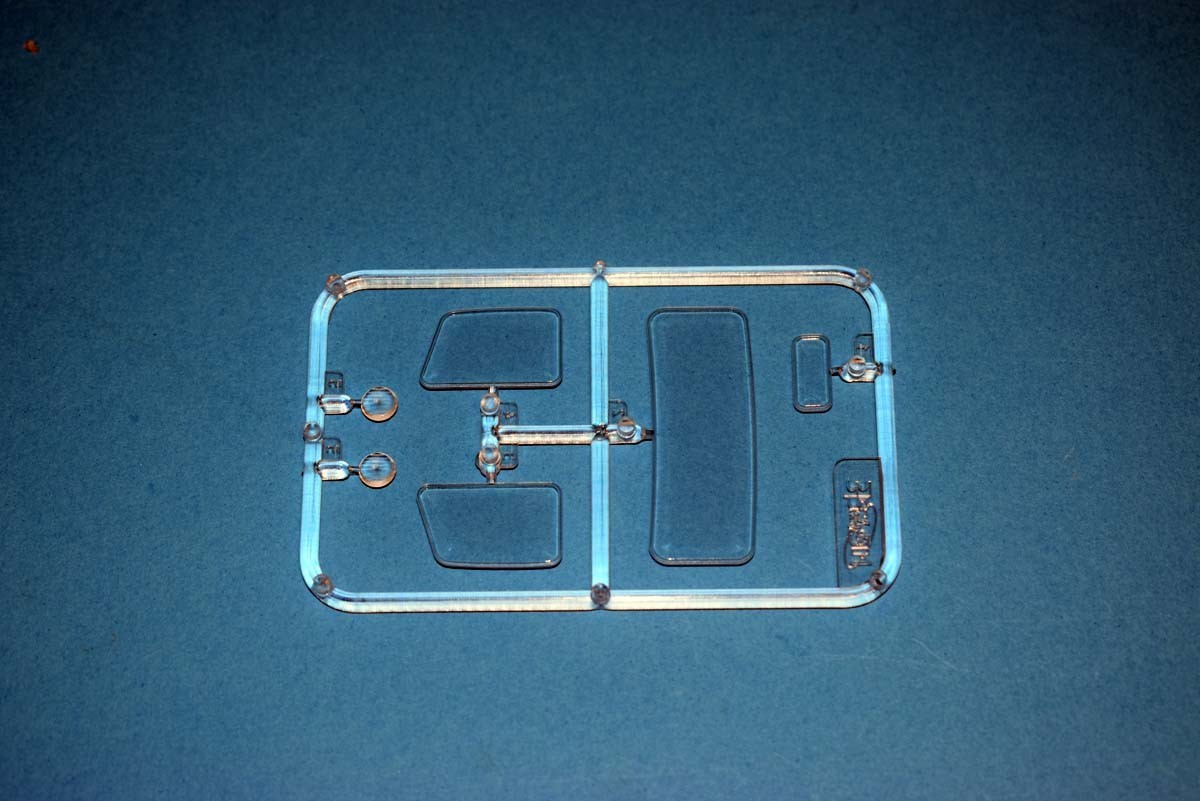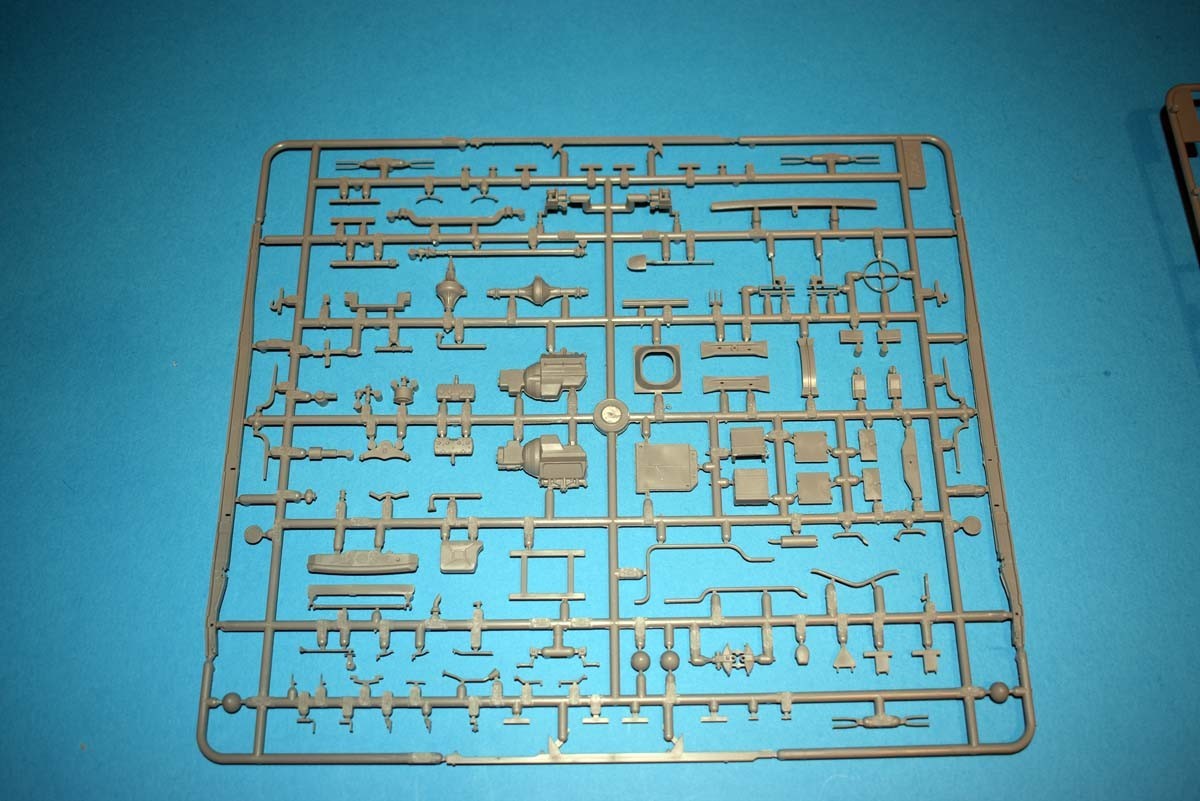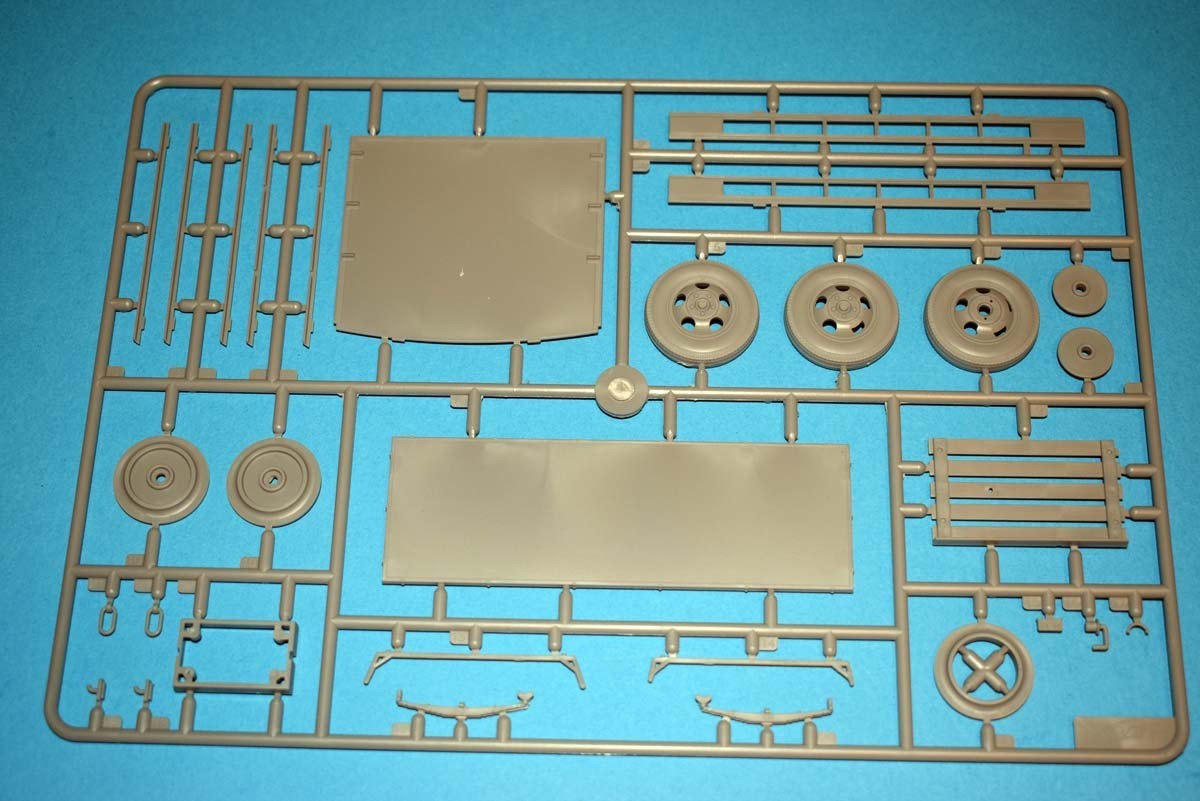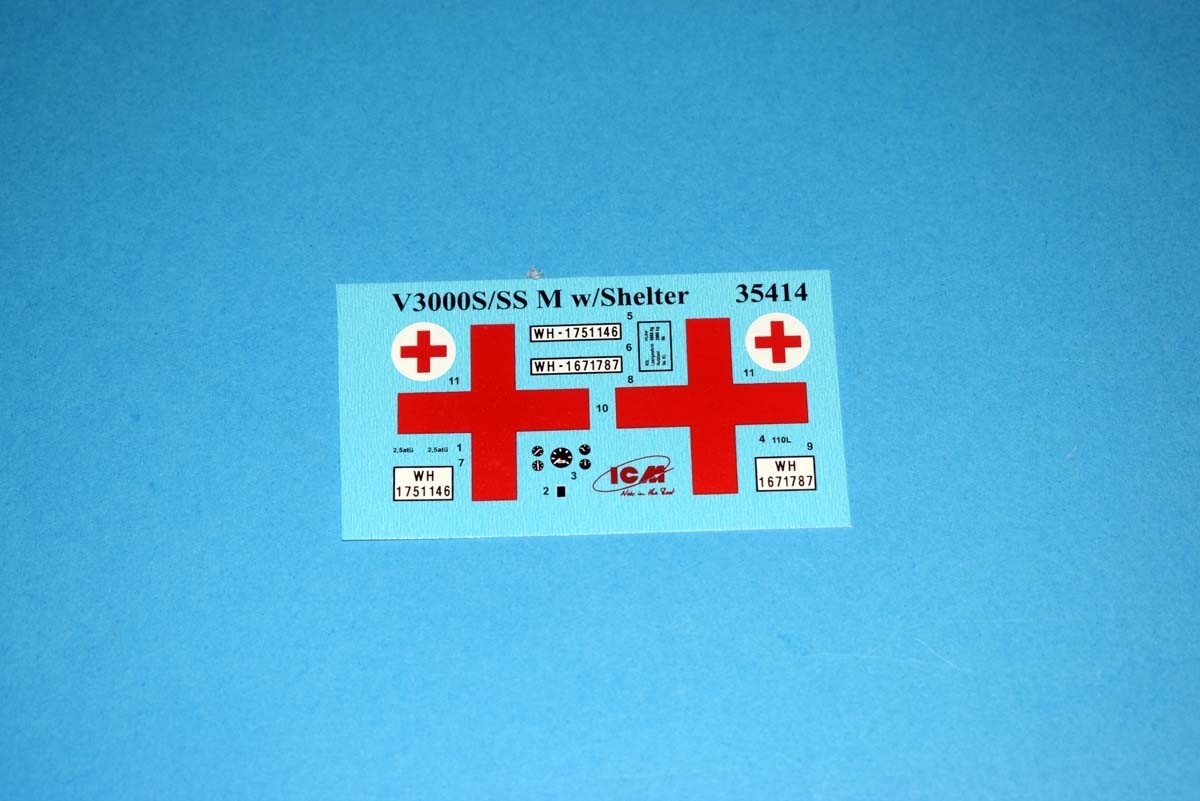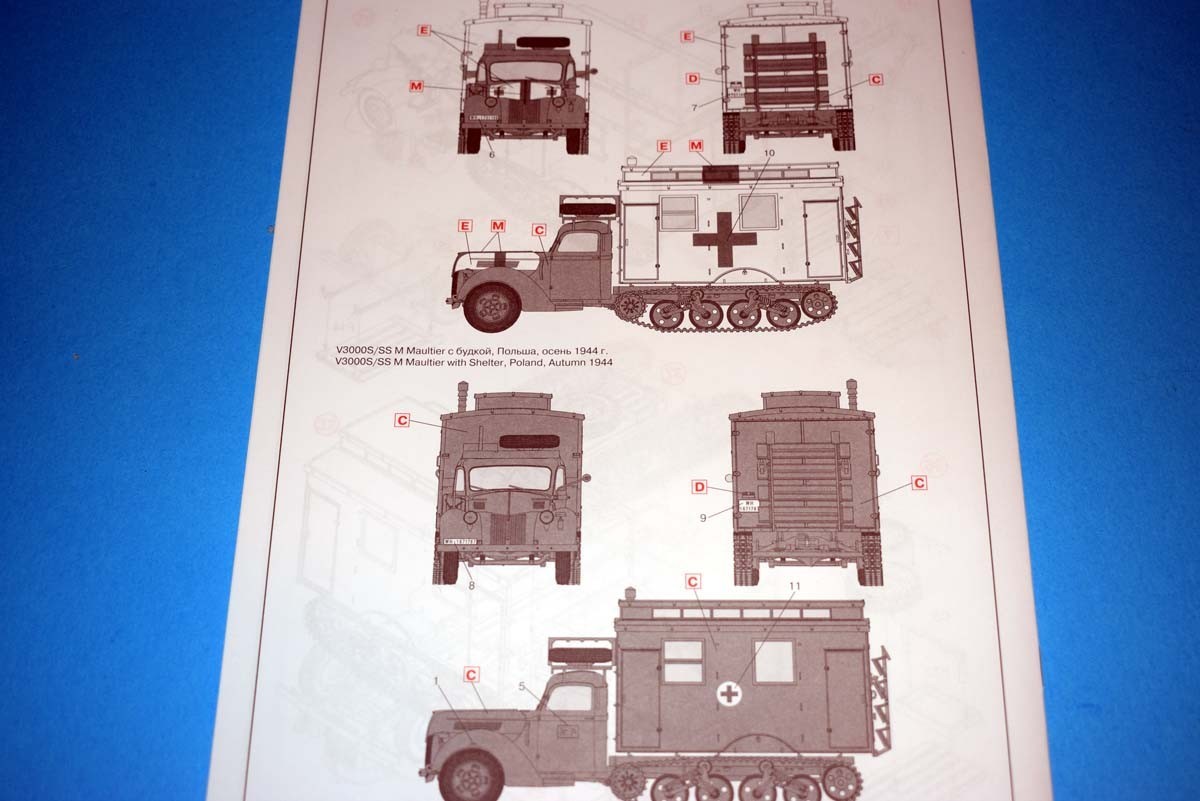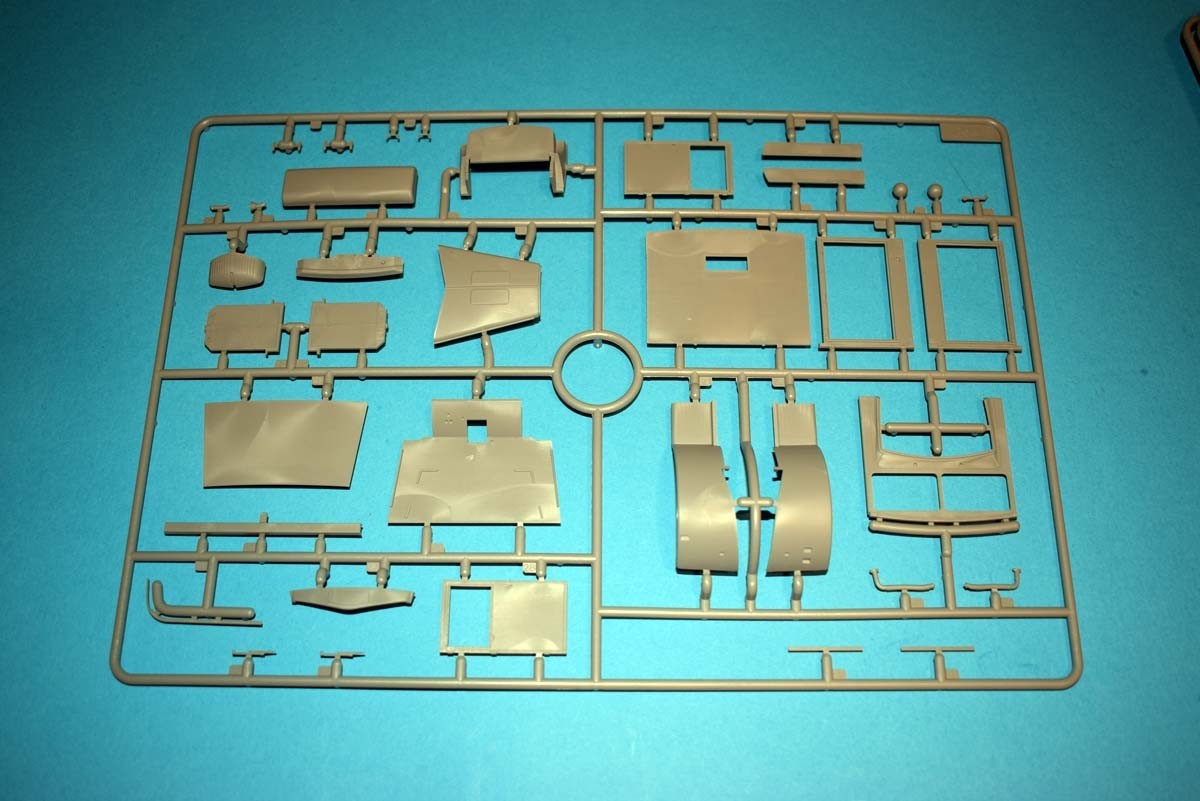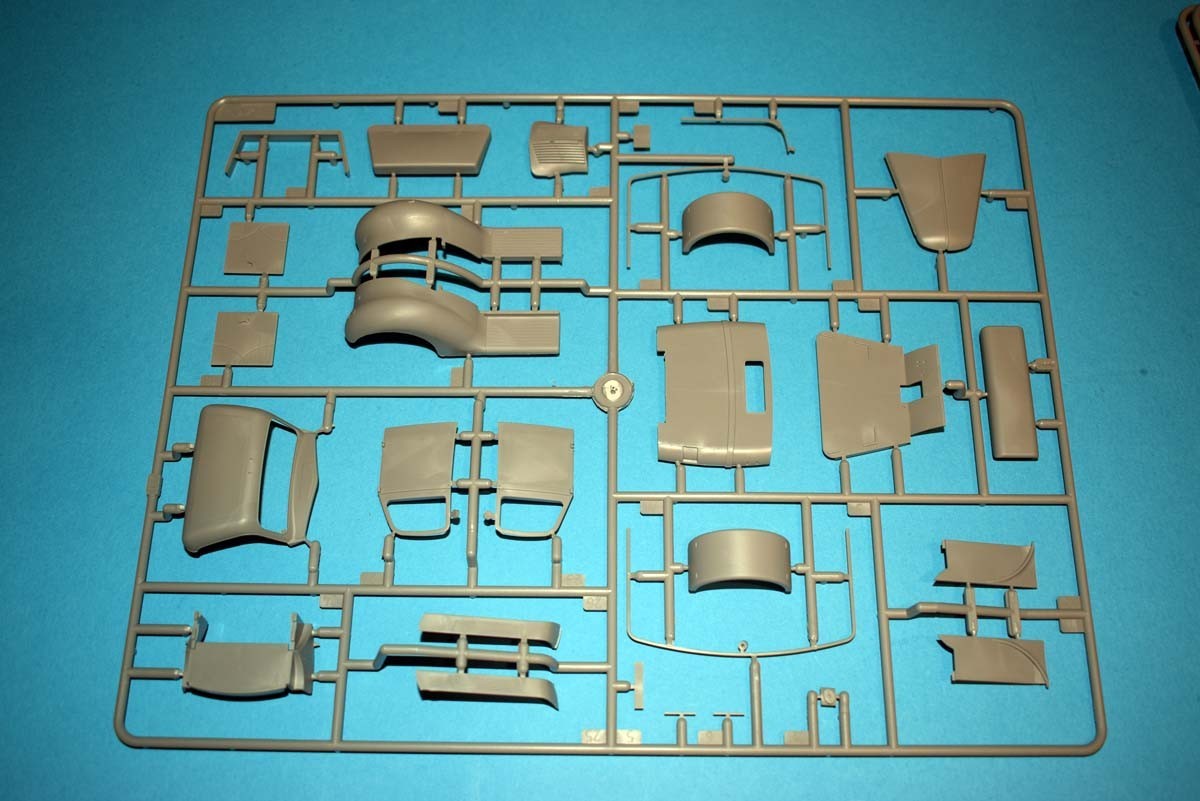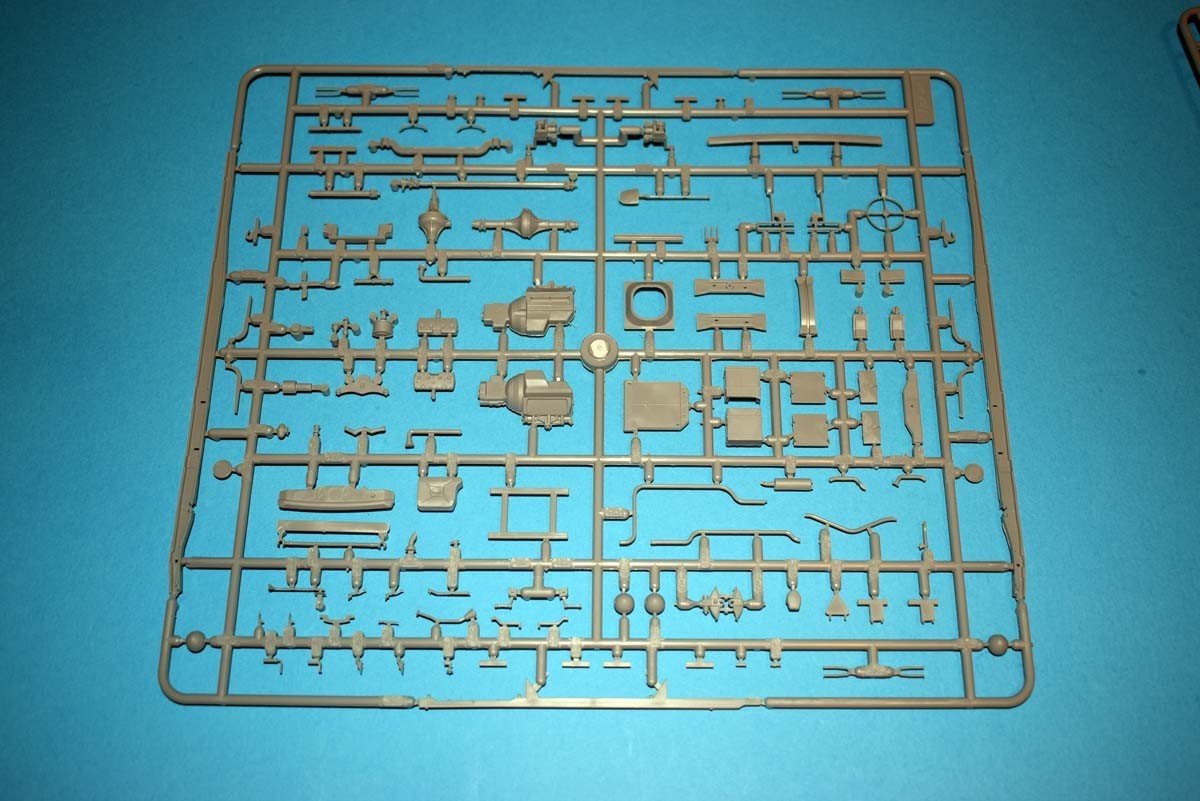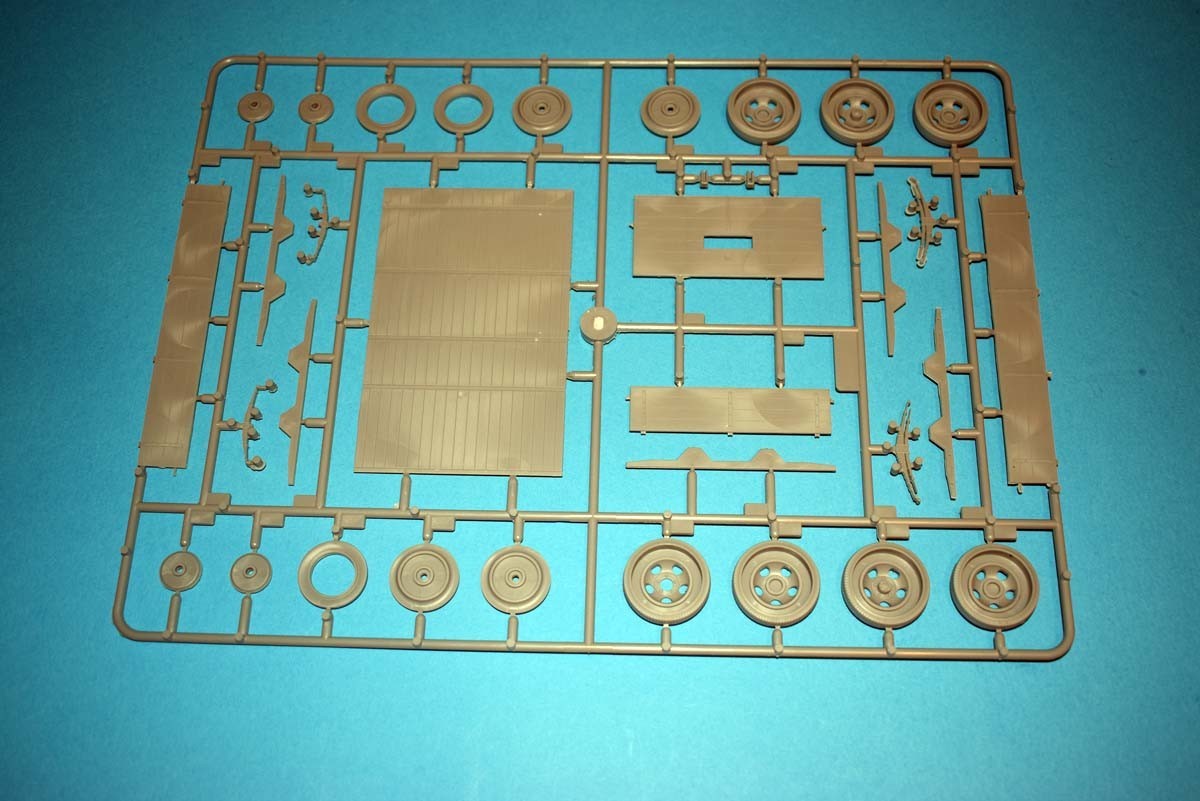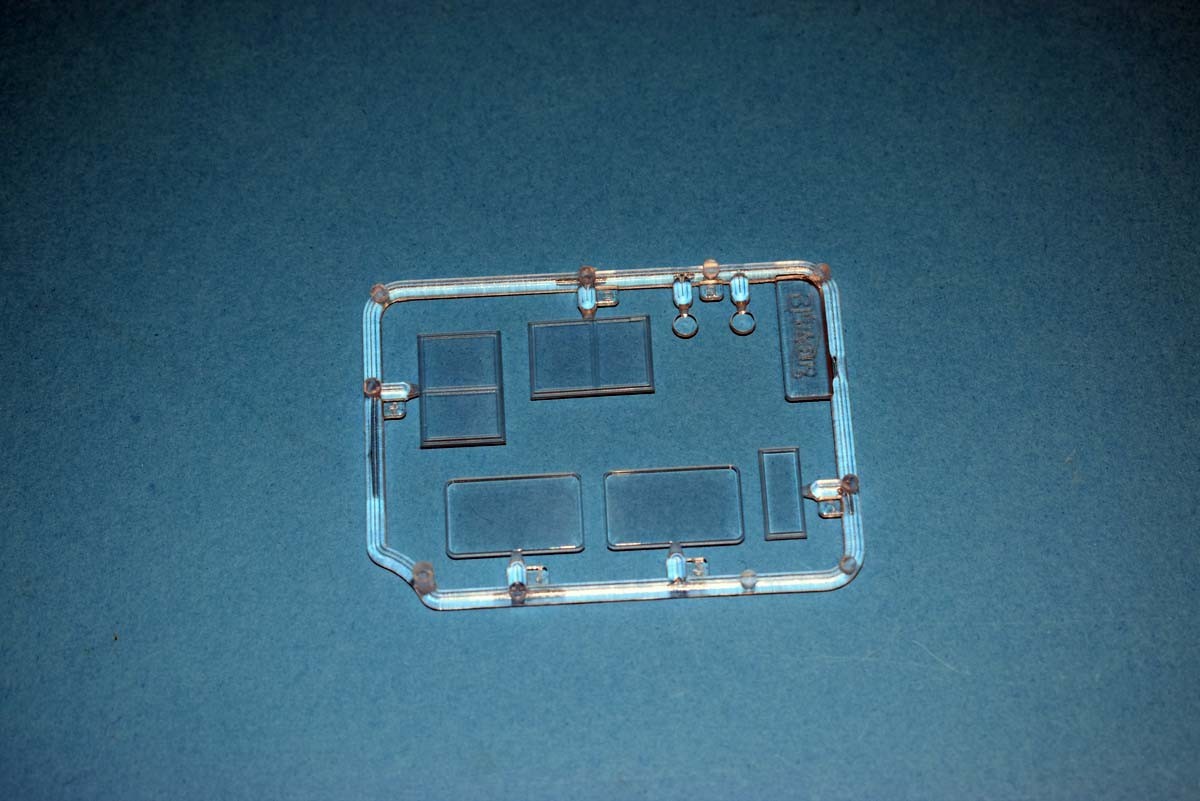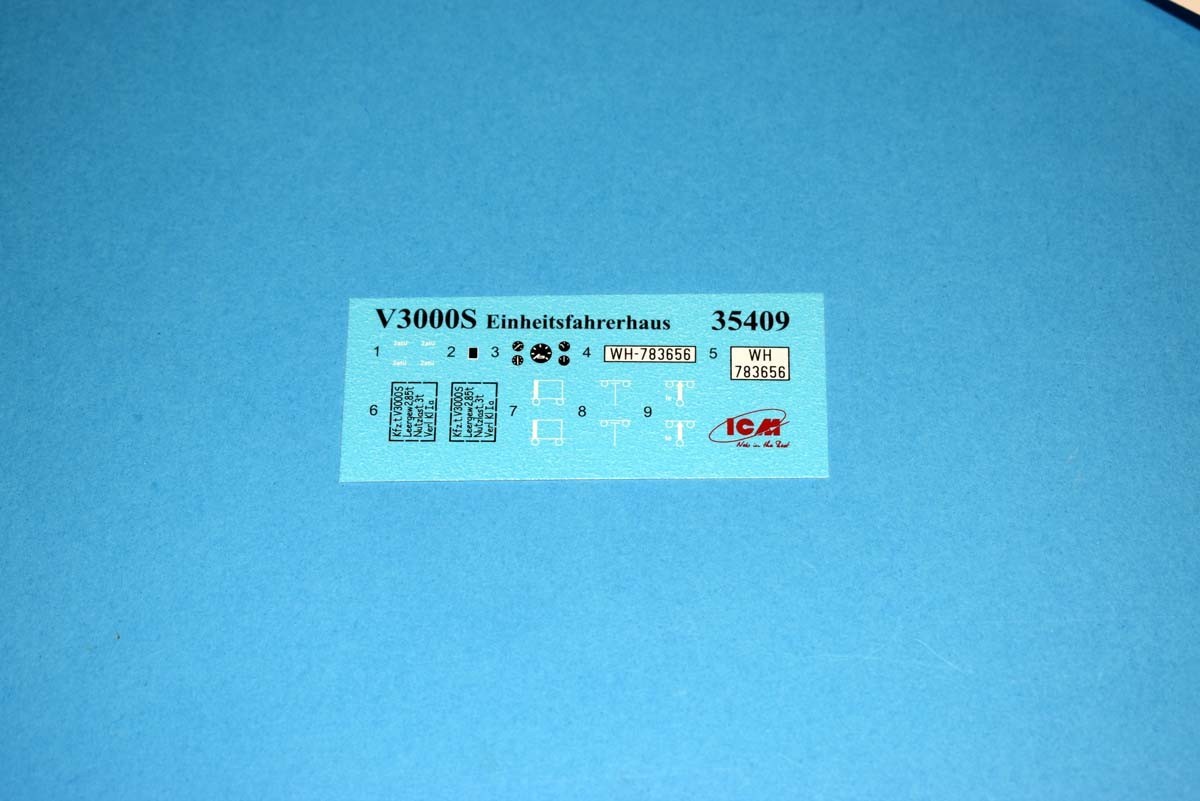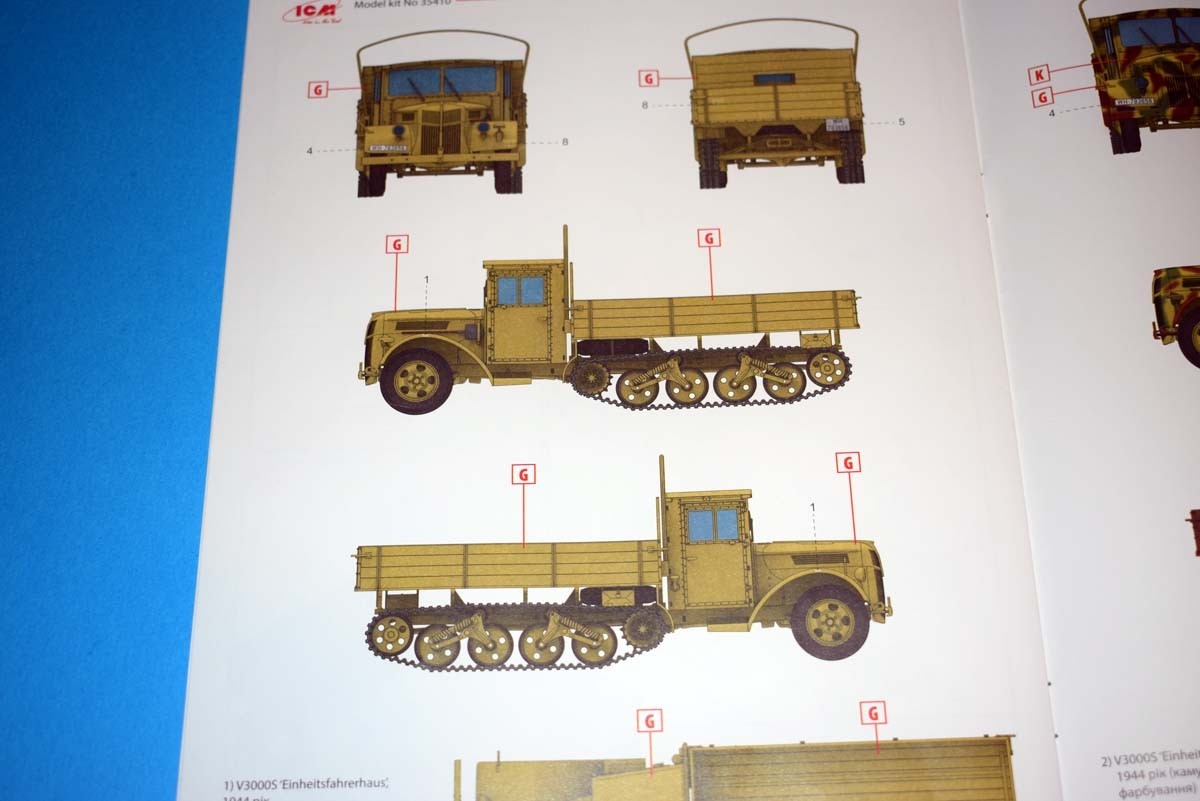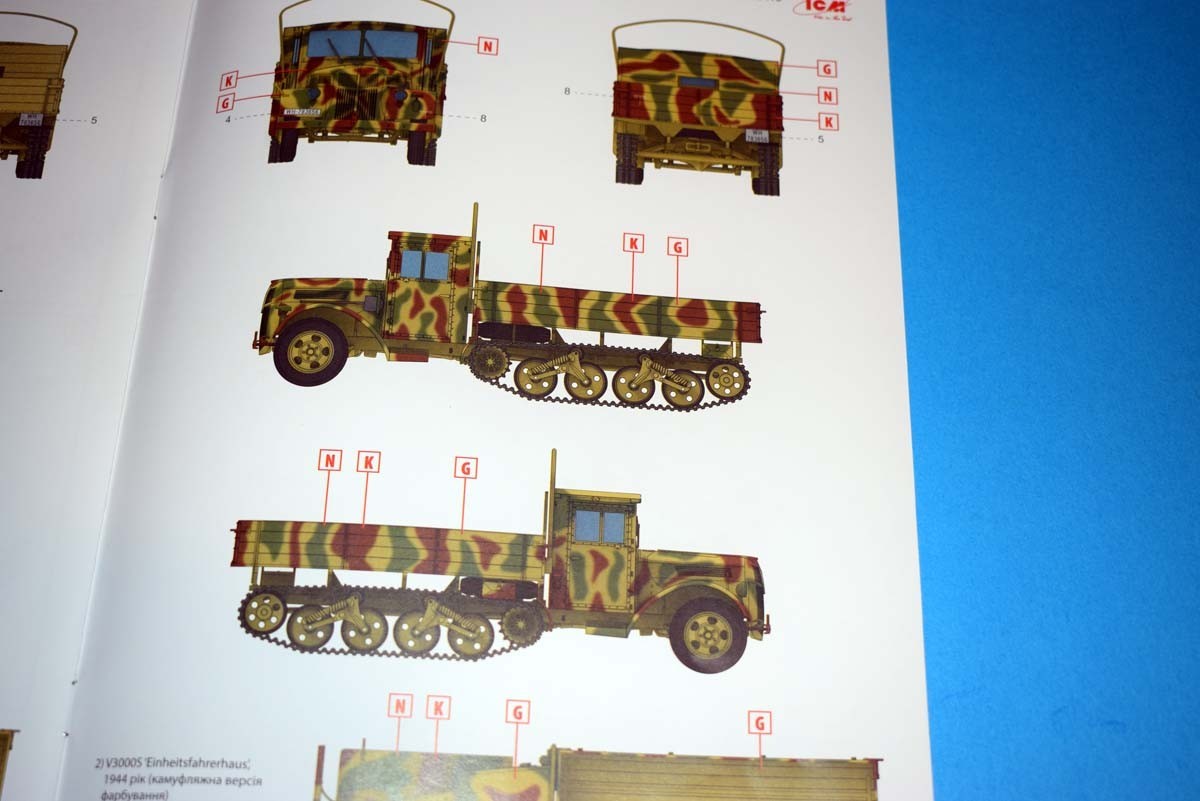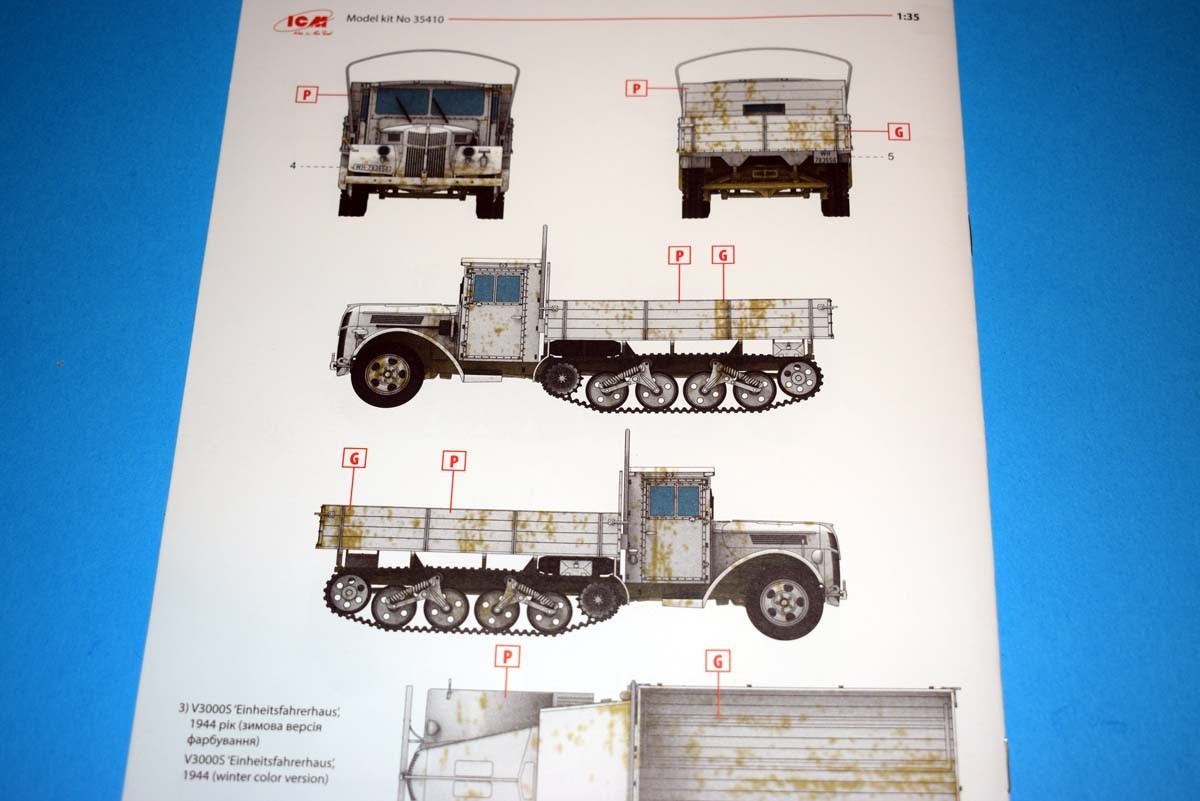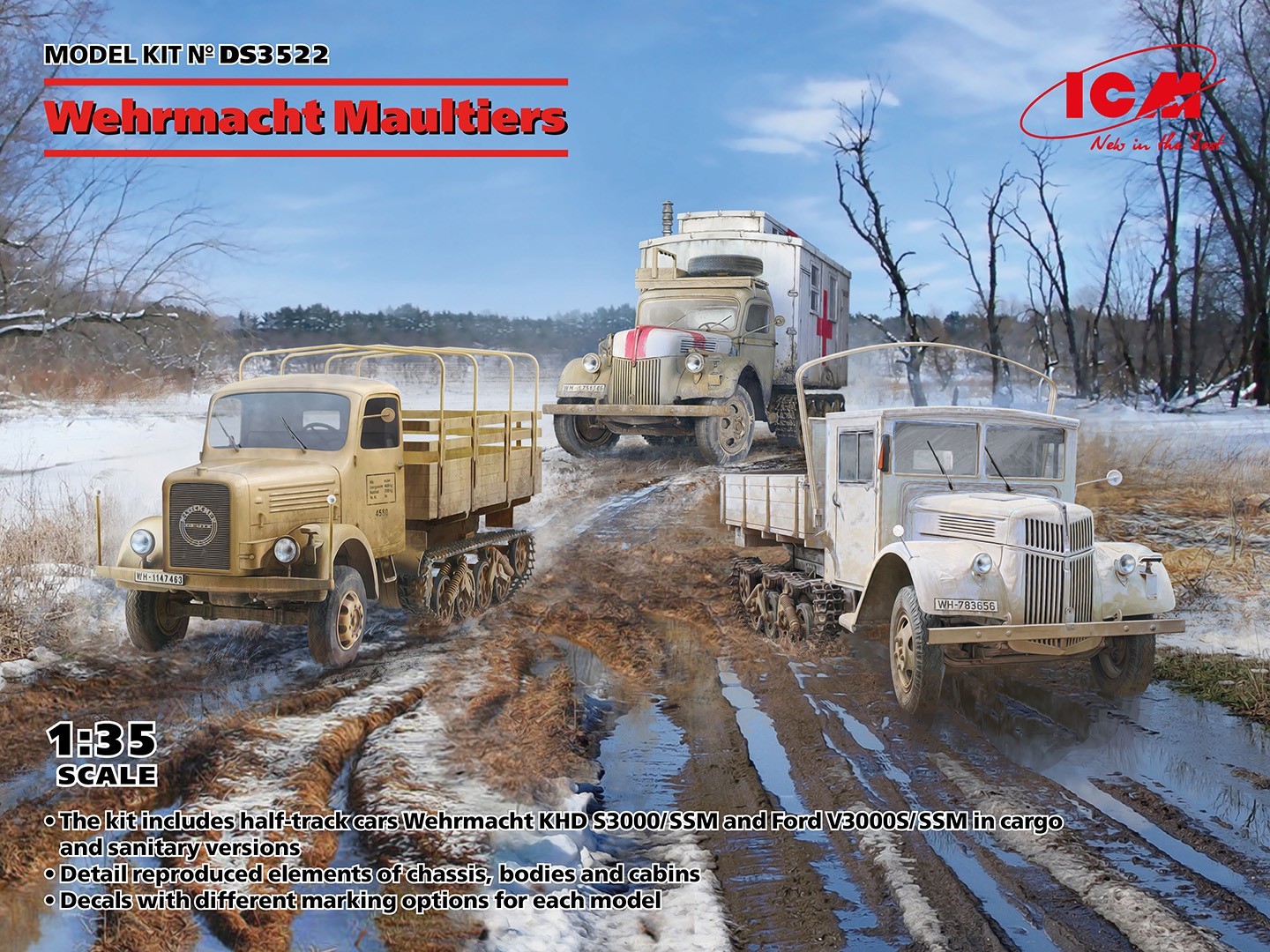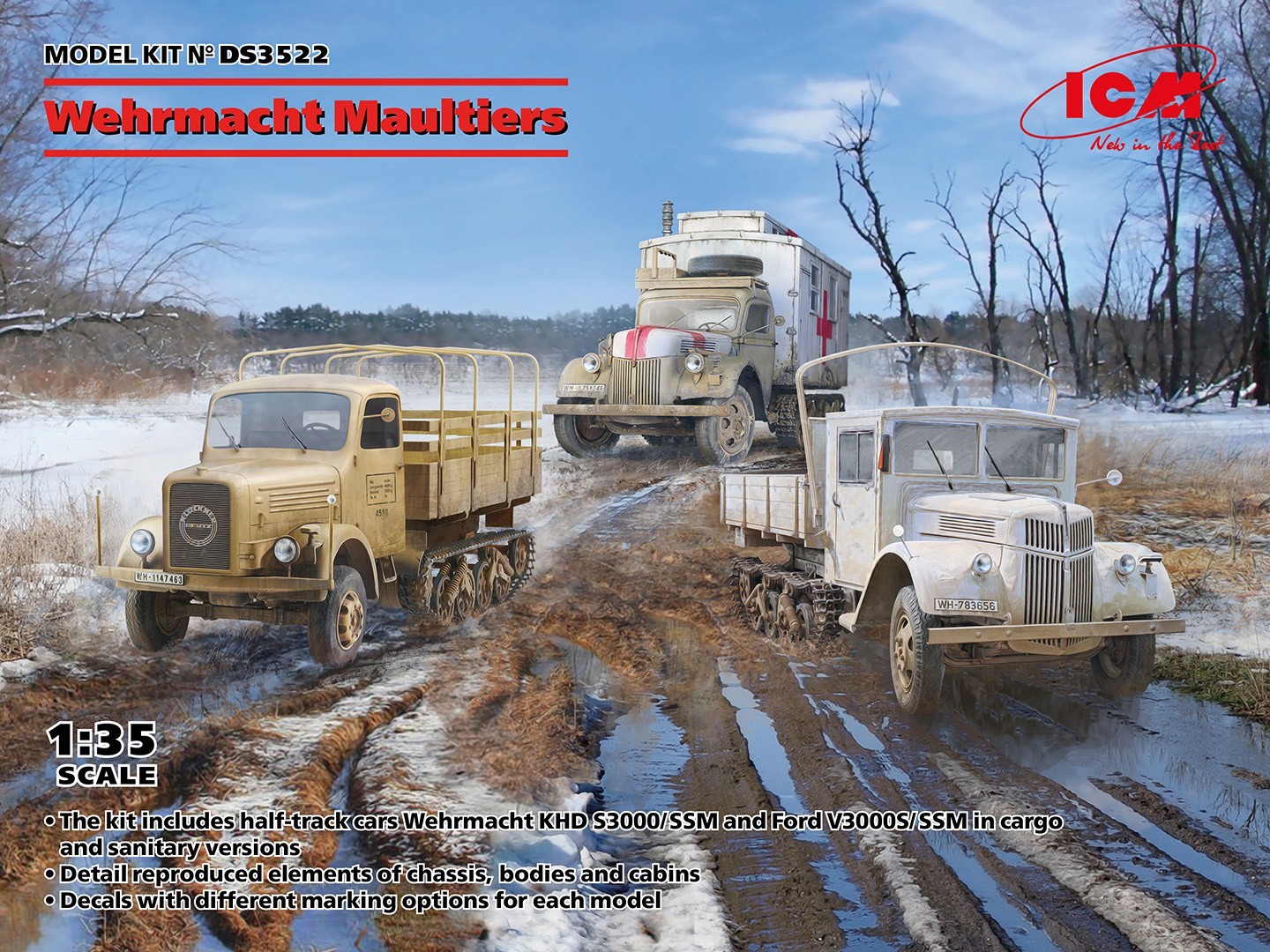
Introduction
The following introduction is as supplied by ICM:
The Wehrmacht command in its plans for conducting a lightning war well understood the role of vehicles. Reliable provision of mobility of combat units, delivery of military cargo, ammunition, transportation of personnel, weapons and other tasks were assigned to trucks. However, with the onset of autumn 1941, in the off-road conditions of the Eastern Front, thousands of Wehrmacht cars began to get stuck in wet soil and snow. It was decided to put on part of the trucks instead of the rear axle tracked trolley. This was done as part of the ‘Maultier’ (Mule) program – the creation of a half-track cross-country freight transport for the needs of the Wehrmacht. In 1942, German industry began to produce half-track cars based on three-ton trucks, among which were the KHD S3000/SS M of Klöckner-Humboldt-Deutz (on the KHD S3000 chassis) and Ford V3000S/SS M (on the Ford V30 chassis).
The KHD-produced Maultier received the military index Sd.Kfz.3c, and the Ford version received Sd.Kfz.3b., and Ford – Sd.Kfz.3b. Machines were universal and had excellent cross-country ability, they transported personnel and cargo off-road, towed guns, with automatic guns installed in the body were used as anti-aircraft self-propelled guns, and variants with a closed body could be used as army ambulances. Starting in 1943, simplified cabs (“Einheitsfahrerhaus”) began to be installed on Wehrmacht trucks, this was done in order to simplify production.
In turn, some Maultiers were equipped with such cabins.
Review
One of the places where ICM excel is the packaging. This offering is protected by ICM’s now standard flip top cardboard box and a separate card lid with the artwork on, this approach makes ICM some of the best protected products when it comes to the rigours of postal services. Inside of this you will find a single re-sealable plastic bag containing the model parts. An examination of the contents reveals only one issue to overcome in the form of ejector pin marks, there are a few that will need to be tackled before assembly to insure that they will not and cannot be seen.
35453 - KHD S3000/SSM
As is very common for ICM we get a very nicely replicated engine and transmission, ICM are the only company that always seems to include this sort of detail as standard. There is no photo etch or other non plastic parts, but we are still provided with a very nice and well detailed engine. The radiator fan is supplied as a separate part and looks great for a plastic piece. The only other thing I would look at doing here is to add some wiring to finish the detail off.
The chassis of the vehicle has been tackled by bringing a number of subassemblies together with chassis rails, as such you will need to take care and make sure everything remains and cures square and major issues will be ahead. The front leaf springs have some seam lines that will need to be cleaned up, but if taken gently no issues should bother you. The exhaust is made up of three parts but it has not been slide moulded and so the look of the end will be greatly improved via a little drilling out.
The next area I looked at was the axles and it is this area that while well detailed it is locked up; turned front wheels add a nice touch to a finished model I feel and that is not an issue task to scratch on this model. The tyres are vinyl with this model which I know can be a bone of contention with some modellers, but with that said I like what ICM has provided here.
The rear half track portion of the vehicle is locked flat with link and length tracks. The spring detail on the rear suspension elements is very good and should look pleasing. Due to the way ICM has tackled the wheel assemblies here they are very stable I feel while looking quite fragile. The link and length tracks are very nicely detailed and should look the part. One thing I do feel the tracks would benefit from is more use of the single links where the rise to the idler and drive wheel from the front and rear road wheels occurs. I will also say that the option taken by ICM here also makes it very hard to replicate the track sag that occurs and so after market tracks may be the way to go.
The cab of the truck is very bare, but that would seem to be the case in reality. However after a good look at what is present the only detail missing is the texture on the floor. The seat is pristine which as most of you know is a bugbear of mine where seats are concerned. The roof of the cab has two large ejector pin marks that will need attention. The doors have separate door liners and so look very good; it has also been pointed out to me that it enables a realistic representation of a window that has been lowered.
The exterior of the cab is a little disappointing in that the hood cannot be shown open; you could cut the pieces up, but they would be far too thick to provide a realistic representation of the hood, as such it falls to the after market to provide this proposition for the modeller. The lines of the cad and hood look good to me, and as far as I can tell accurate. Details such as wing mirrors, handles and wiper blades really add some nice detail here.
The wooden deck has been well replicated as regards plank detail, but no wood grain effect is present, this does not concern me as a swipe with some sandpaper will add that effect and so easier to add than remove. I am very pleased to see that ICM has managed to avoid ejector pin on the deck areas of the model. The rails for a canvas cover have been provided and so any modeller who wants to add a tarpaulin has had their work load reduced.
35414 - V3000S/SS M Maultier with Shelter
A look over the sprues will show a lot of cooling/flow lines present on most parts, but I have yet to have any serious problems with this aspect from ICM. There are a high number of ejector pin marks present on parts, but from what I have seen here ICM is improving where this aspect is concerned due to the marks being less prominent. The parts are cleanly moulded with no flash present in this example. So far what I have seen leaves me reasonably confidant and happy with the model.
There are a few things that ICM do that I think of very positively, one of these is that as a rule they always give you a full engine with some very nice detail despite not providing photo etched parts with the model. ICM has done a really good job here with a mix of very nice detail that careful painting will accentuate to great effect. For me the only thing the modeller need add to this area is some wiring to make a very convincing element of the model.
ICM looks to me to have done a very job of the road wheels and the suspension element as the detail is nice overall. The front wheels look good as regards the hubs, but I have concerns about the tread pattern as it seems very light; however until some paint is applied it will be hard to be sure how this will look. The front axle is an area that will please some and possibly disappoint others; this is due to the front wheels being moveable in relation to which direction they point, the reason I say some may not be happy is that I have yet to see moveable wheels that are completely accurate however some sacrifices are sometimes a plus.
The chassis is another area where ICM shine more often than not, this is due to a large number of their chassis are multi-part offerings as is the case here. The multi-part approach to the chassis is a double edged sword for the modeller, it enables the manufacturer to offer accurate shapes which faithfully replicate the real vehicle; however this approach does mean that the modeller has to be very careful to get everything square or disaster beckons.
The tracks supplied with this model are link and length. The detail on the tracks is of a very good standard, with the only downside possible being how fine the links are when it comes to gluing them together; with that said they should look very good if put together well. It is worth noting that when it comes to adding these to the vehicle the approach taken by ICM should make it a breeze.
The cab area of the model is quite nice having been supplied with multi-part headlights and even separate wiper arms. The curves of the cab are very nicely replicated and should really look the part even the front grill is open slatted which is a nice touch. The only concerns I have here is that it is unclear to me at this time if the bonnet and doors can be displayed open, this means that all of the wonderful detail that ICM has supplied under the bonnet may be hidden from view. The cab interior looks right and ICM has supplied decals for the instruments, there are a number of ejector pin marks that will need attention in this area, but as mentioned earlier they are getting smaller and less deep and so easier to remedy. One thing I would consider doing is giving the seat some work to give them a lived in look rather than a showroom appearance.
For me this is the one area where (as my school reports often read) could do better. The exterior is good with nice detail on all external surfaces, ICM has even supplied steps that can be shown in use or stowed. The interior of the shelter however is devoid of any detail and it is a real shame that this is the case on a model that cries out for an interior. A scene with wounded being evacuated from the front could be impressive using this model with medics scurrying around and placing the stretcher cases in the rear, as such I strongly urge ICM to consider at least making an alternate shelter available with a detailed interior for this model and giving the modeller the option of spending that little bit more for a shelter with medical staff and wounded in order to give this model some life to it.
The windows and headlight lenses are nicely represented on the model even though they parts are a little thick; however as there are no bowed areas and with the clear parts being flat this should not cause distortion issues.
The instructions are supplied as a loose leafed booklet which guides you through construction using black and white line drawings. The drawings have not been overly complicated and should be understandable by most modellers; the only downside I can see is that there are no painting callouts during construction.
The decal sheet is not huge but sufficient for the task and offers two finishing options for the model, these are:
Maultier, Poland, Autumn 1944
Maultier, Germany, Winter 1945
The decals are thin enough to keep me happy and look to have as near as damn it zero carrier film.
35410 - V3000S/SSM Maultier Einheitsfahrerhaus (Standard Cab)
This offering from ICM continues with the multi part chassis, with the main rails consisting of 4 parts.
The cross members while having good locations, will not really ensure that the chassis is assembled
squarely. So I would suggest assembling this chassis, on a gridded cutting map to make you odds
better. The leaf springs will require a careful cleaning to loose the mating seams and this is true of a
large number of the thinner areas of the model. Despite no photo etch being included in the release,
a very passable engine and gearbox is included with the modeller only really needing to add some
wire to simulate cables and pipes that should be present in the engine bay. The axles are fairing
simplistic, but do provide the modeller with the option to turn the front wheels as desired. Another
big plus for me, and something that will prove popular with most is that the tyres are injection
moulded plastic and not vinyl rubber.
Moving to the tracked portion of the vehicle, the wheel assembly chassis is not very strong and so
easily distorted or possibly broken. The drive axle for the tracked area once added will start to
stabilise the assembly, but I still recommend that care is taken. The road and idler wheels are quite
thin with the axle support for the road wheel not being workable and so the model is intended for
being displayed on a flat surface rather than a textured one. The tracks for the model are link and
length and quite nicely detailed. I feel that link and length is a good compromise from individual links
and rubber band tracks both of which have their detractors.
The cab for this offering is the simplified version that was brought into production to improve the
speed of manufacture and avoiding a lot of the smooth curves seen on the earlier period truck cabs.
The cab interior has all of the controls and displays you would expect to find, along with decals being
included for the instruments. The seating inside this cab is a basic bench seat with a small amount of
cushioning for comfort. The doors can be shown open if so desired, but doing the same with the hood
will not be an easy option. A visually appealing element of the cab is the engine grille with the lines
being the most pleasant aspect. Again despite no photo etch separate wiper blades have been
provided and the glazing elements due to being flat are pleasing. Depending on which varient you
intend to build some surgery is required on the step which is moulded as part of the mud guard. It
does have the benefit of being able to be constructed as its own element.
The bed of the truck is a simplistic wooden construction with what I believe to be metal plates
running the length of the floor and that would aide movement of heavy items. The sides of the bed
cannot in my opinion be shown open due to the detail on them being moulded and so difficult to
adjust. The rails for supporting a canvas roof are supplied separately but they are not usable to enable
the addition of a canvas roof. I have however, seen then used as patterns/jigs to make your own rails
and so enabling a canvas roof if desired. Again the bed of the truck can be assembled as it own
element. This approach from ICM makes finishing the model as regards painting and weathering a
much easier prospect than when all 3 elements are brought together.
ICM has provided 3 finishing options for this model, and these are:
V3000S 1944
V3000S 1944 Colour Camouflage
V3000S 1944 Winter Colour Version
I find this a tad disappointing as a little bit of work on what each unit was different version where for.
Conclusion
These 3 offerings from ICM covering Wehrmacht Maultiers have very similar chassis and mechanicals.
But the evolution of the cab systems utilised shows the progression from the typical German high
standard to the simplified when speed of production became the priority. When it comes to faults I
am disappointed that the ambulance variant has no interior which would have enabled a much
greater range of uses. When it comes to moulding issues the ejecotr pin marks you will find will need
to be tackled on the underside of the truck beds and odd spots on the cab interior.

